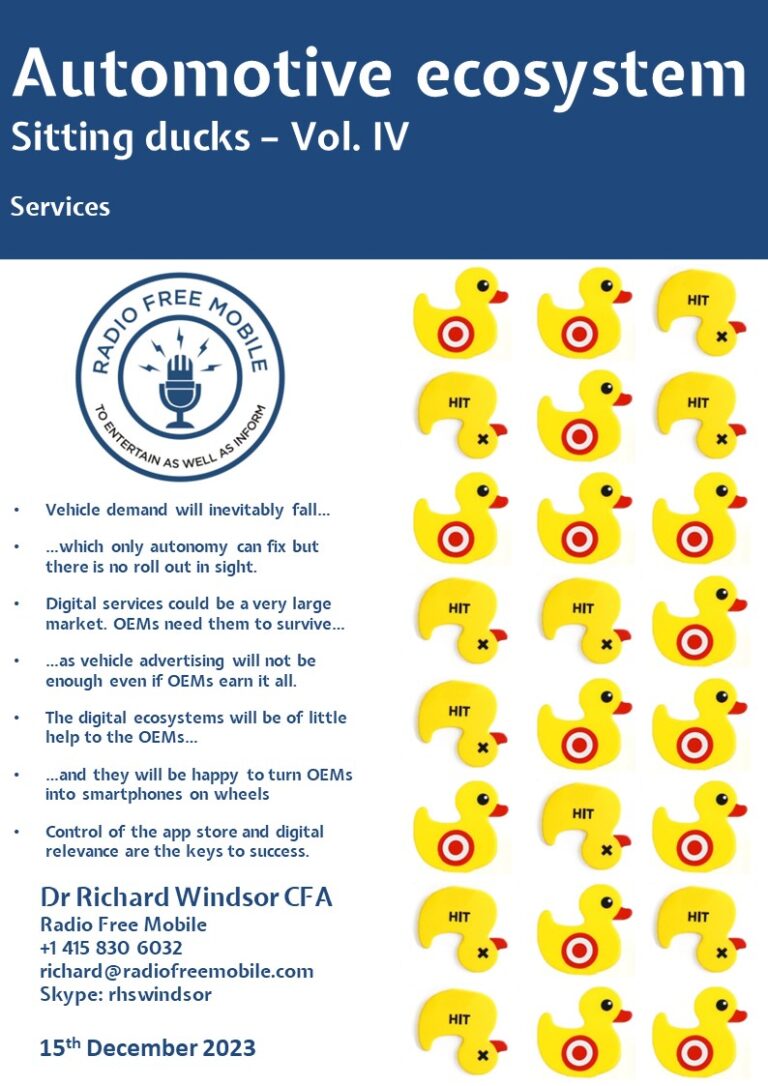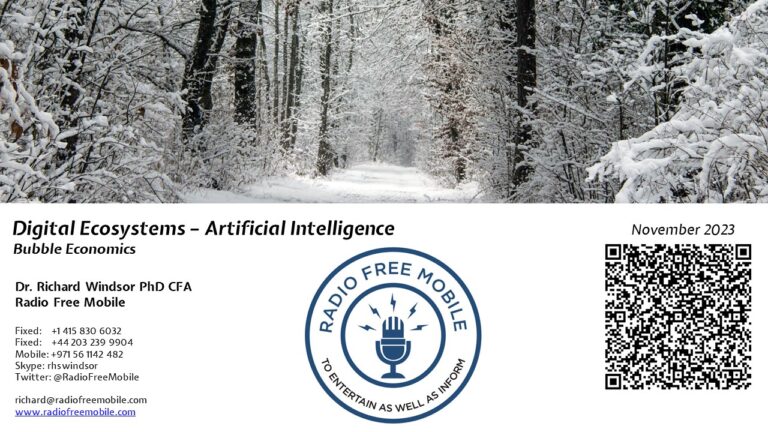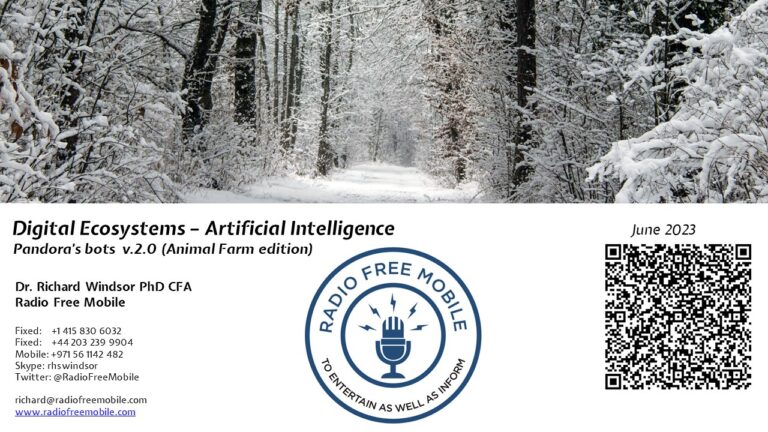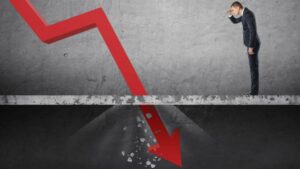With the virus taking a back seat to the weather in temperate climates and vaccination moving into high gear, the 2021/2022 season should be only a minor inconvenience. However, it is not the inevitable resurgence but the reaction to it that will determine when life returns to normal as we learn how to live with SARS-Cov-2 which has now all but replaced influenza. The inevitable rise in inflation that accompanies rampant money printing is now beginning to show itself and RFM thinks that central banks have no intention of raising interest rates to fight it. This is because inflation is a very convenient way to deal with the debt that has been incurred as a result of the pandemic. The Q1 reporting season for the technology sector has revealed just how skewed the risk-reward ratio is towards the downside meaning that the sector, in general, has very little to offer investors.
- The weather is now firmly in the driving seat in temperate climates as respiratory viruses are always far less active in Summer compared to Winter. For example, in Ukraine where only 2% of the population is vaccinated, its new case count is already down 86% from its 2021 winter peak. This gives countries in Europe, until October to vaccinate which should mean that the 2021/2022 inevitable resurgence is a minor inconvenience. The key to returning to normal is no longer the virus but the reaction to it.
- Fatalities are plummeting and Europe is now well below seasonal norms. It is very likely that the precipitous fall in fatalities during February, March, and April were due to vaccination. This implies that Europe managed to get the few vaccinations that it did make into the right arms. It now has the summer to vaccinate the rest.
- Mutation. Despite the emergence of a number of variants, the mutation rate of SARS-Cov2 looks like it is lower than it is for the influenza virus that preceded it. This means that immunity gained from infection and vaccination may well last longer than currently expected. Furthermore, as time progresses, new variants will almost certainly become less deadly meaning that, with time, this virus could end up being easier to live with than influenza.
- Inflation? What inflation? The price to be paid for rampant money printing is now beginning to show itself in the form of rapid commodity price rises as well as steady rises in the already compromised inflation measure: the CPI. The high level of indebtedness of governments across the world will make it very difficult to fight inflation with interest rate rises meaning that elevated inflation looks like it is here to stay. Inflation is a convenient way of raising taxes to pay down debt and this looks to be the best way to pay for the large increases in government expenditure for the pandemic.
- Semiconductor shortage can be traced back to the early stages of the pandemic when automotive demand collapsed. Some semiconductor capacity was furloughed and the rest switched to consumer electronics which performed very strongly with everyone working and learning from home. Tier 1s failed to place orders in Q3 2020 meaning that the stronger than expected recovery led to severe inventory declines which are now exhausted. More generally, the China trade war and supply chain uncertainties have caused a lot of component buying for inventory which combined with sustained demand is why shortages have spread across the industry. RFM expects this will sort itself out in a few quarters as inventory buying eases, supply chains stabilize and the world goes back to work.
- The SPAC craze has resulted from the wall of printed money coming into the equity market seeking yield as there is none to be had from government bonds. SPACs have been around for a very long time and it is not the SPACs themselves where the irrationality is to be found but in the valuations at which these transactions are being effected. Currently, this one of the cheapest ways to raise capital but the outlook for these companies to hold their valuations once reality reasserts itself is very poor indeed as many of the SPACs have already found.
- Social capital is what is likely to prevent working from home from becoming a permanent fixture. Social capital is the network of relationships that allows a business to operate effectively and is created by in-person contact. It is this capital that has allowed remote working to be so successful but it is being depleted as workers stay physically apart and staff turnover returns. This is why RFM believes that a wholesale return to the office, commuting, and city living is likely in the short to medium term.
- Technology sector: The Q1 reporting season has demonstrated how poor the risk-reward is for investors. Companies like Amazon, Microsoft Google, and Apple reported blowout results and were rewarded with very small rallies whereas companies like Pinterest and Twitter reported slight misses and the stocks were hammered. RFM thinks that the big players are now likely to go sideways while the fundamentals grow into the share price valuation. There are likely to be better returns to be had elsewhere especially as the rotation from growth to value gathers pace.









